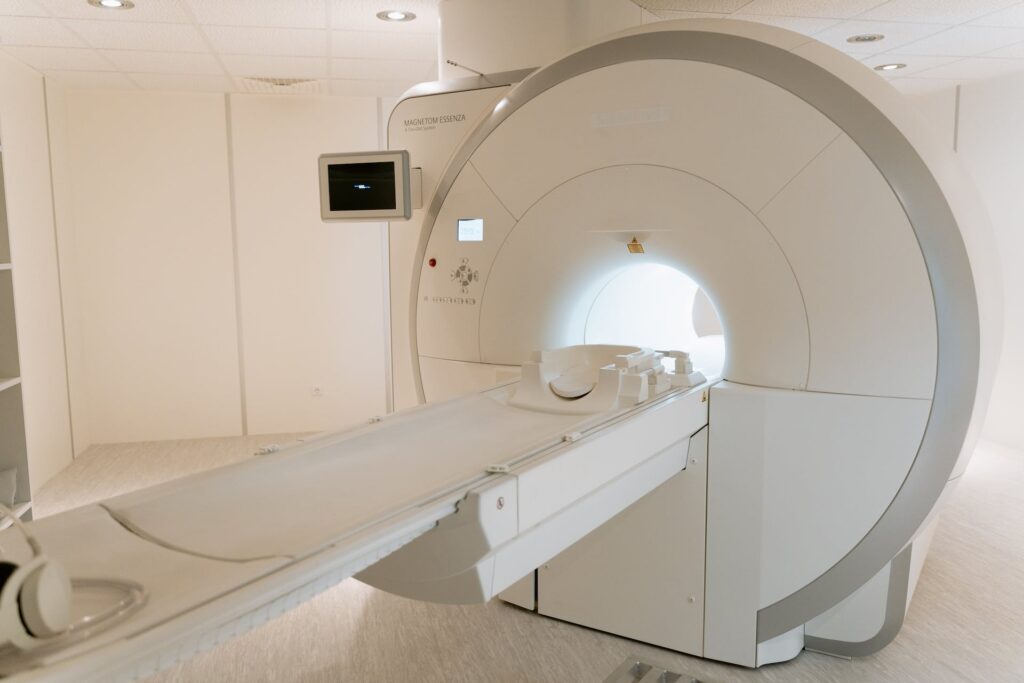There are few industries that stand to benefit from the Internet of Things (IoT) quite as much as healthcare. It’s rare for people to enjoy time spent in hospital, and anything that can be used to make hospital stays smoother will greatly improve patient experiences everywhere.
IoT relies on seamless connectivity across multiple devices – and in healthcare, this often includes cutting-edge, portable and even wearable technology. The printed circuit boards (PCBs) used in these machines need to be equally advanced, and able to withstand the demands of the healthcare industry.
The integration of IoT across medical devices combined with pioneering PCB technology has the potential to make life easier for patients and medical practitioners alike.
Introduction
In a nutshell, IoT refers to the way that data is exchanged across interlinked devices. IoT devices usually utilise software, sensors, and network connectivity to create seamless experiences for the users. Common examples include:
- Smart home devices, such as connected thermostats, speakers, and lights.
- Fitness trackers, such as heart monitors or smartwatches.
- Any device that makes use of location-based services, such as GPS on a car display.
Wearing a heart monitor while exercising and being able to check your heart rate on your smartphone shows how IoT enables our ever-growing collections of tech to interact with each other, to our benefit. Contributing to IoT has been described as ‘one of the most significant trends in the digital transformation of business and the economy since the 2010s’.
So, how is this relevant to the future of healthcare, and more specifically healthcare PCB manufacturing?
Evolution of healthcare technology and PCBs

You can find PCBs in just about every electronic device made today. As healthcare advances, so do the PCBs used in healthcare technology.
Take telemedicine as an example. Telemedicine is when telecommunication technology is used to provide care and assistance to patients remotely, through actions such as health assessments, screenings, taking biosensor readings, or providing virtual care. Unsurprisingly, the COVID-19 pandemic made clear the need to be able to provide care from a distance when required.
The PCBs used in these devices need to be durable, wearable, and sometimes even implantable. Manufacturers worldwide are striving to create PCBs that will allow for medical innovation to continue, as they have done in the past with devices such as pacemakers. The refining of PCB technology allows for devices to become smaller, smarter, and less obtrusive – massively improving patient comfort and quality of life.
The role of PCBs in modern healthcare IoT devices
Here are some examples of modern IoT healthcare devices that make use of PCBs.
- IoT hearing aids – These cutting-edge hearing aids feature wireless connectivity and allow the wearer to stream audio directly from their devices.
- Wearable pregnancy monitors – These devices allow parents to monitor their baby’s heartbeat and other vital signs from the comfort of their own home.
- Smart inhalers – These inhalers are able to connect directly to the user’s phone and other smart devices to help them better monitor their usage.
The PCBs required for these devices need to be durable but delicate – for example, the PCBs in a hearing aid need to be able to withstand the rigours of daily use, but can’t be bulky or heavy and cause discomfort to the wearer.

Design and manufacturing challenges
There are many considerations to take when designing and manufacturing PCBs for healthcare.
- Biocompatibility – the materials used need to be safe and suitable for coming into regular direct contact with patients (both externally and internally).
- Size constraints – as previously mentioned, healthcare devices need to be compact and lightweight to be used comfortably.
- Interoperability – the PCBs will be used in devices that need to be able to integrate with other medical equipment, and be updated remotely.
- Power management – there are strict power requirements for portable and wearable devices, and balancing this with the need for continuous use is a challenge.
Designing PCBs that can last and continue to work reliably under specific environments is key to contributing towards IoT in healthcare.
PCBs and remote patient monitoring
One area in which the benefits of the advancement in PCBs and IoT healthcare is prominent is remote patient monitoring. Used in devices that track blood pressure and monitor glucose levels, this type of connectivity allows both patients and medical professionals alike to receive real-time updates on a patient’s condition.
This is useful for two main reasons. Firstly, it reduces the need for face-to-face visits and check-ups, saving valuable time and money for both the patient and healthcare workers. Secondly, it can provide potentially life-saving alerts in the case of a medical emergency.
Enhancing patient experiences with IoT and PCBs
The end goal of this developing technology is always to improve patient experiences. This includes:
- Improving the quality of care, with sensors being able to provide accurate and instant readings even away from the hospital.
- Increasing patient comfort, whether this means allowing them to receive care at home or making the devices they use more compatible with their day-to-day life.
- Streamlining processes and reducing human error with the seamless sharing and storing of information.
- Helping emergency first responders to save lives through the use of real-time location tracking and health status updates.
- Providing previously unseen insights through data analytics only possible through IoT.
Conclusion
We’ve already seen where this developing technology has the potential to take the healthcare industry. Every year advancements are being made and modern medicine is improved. Quality PCB manufacturing has the potential to make huge changes in the lives of patients and medical professionals worldwide.
Healthcare is just one of the many industries that we at ABL produce PCBs for. We offer a wide range of PCB services and our experts have decades of experience, ready to put to good use. If you want to find out more about what we can offer and experience our exceptional customer service, don’t hesitate to get in touch. From design to prototyping, and manufacturing to assembly, we can help you every step of the way. Get a free trial today and enhance your product with ABL Circuits.
